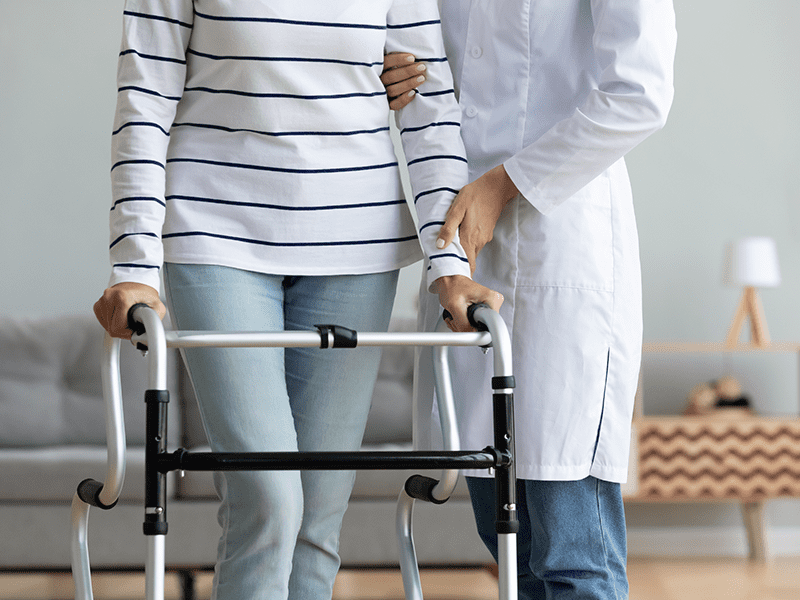

Mobility Aids & Equipment
Mobility aids and equipment are devices designed to assist people with disabilities, injuries, or other mobility issues to move around more easily and safely. These aids can help people maintain their independence and improve their quality of life.
Some common examples of mobility aids and equipment include:
- Canes: These are lightweight, handheld devices that provide support and balance for people who have difficulty walking.
- Walkers: These are frame-like structures that provide additional support for people who have difficulty walking or standing on their own.
- Crutches: These are lightweight devices that are used to help support the weight of an injured or disabled leg, foot, or ankle.
- Wheelchairs: These are mobility devices that provide a seated position for people who cannot walk or have limited mobility.
- Scooters: These are motorized mobility devices that provide a seated position and are designed for people who have difficulty walking long distances.
- Stairlifts: These are devices that are installed on staircases to help people who have difficulty climbing stairs.
- Ramps: These are inclined surfaces that provide a gradual incline for people who use wheelchairs or other mobility aids to access buildings or vehicles.
- Transfer aids: These are devices that help people move from one location to another, such as from a wheelchair to a bed or from a car seat to a wheelchair.
Mobility aids and equipment can be crucial for people with disabilities or mobility issues to maintain their independence and participate in daily activities. It is important to select the right type of aid or equipment based on an individual’s specific needs and to receive proper training on how to use and maintain it.